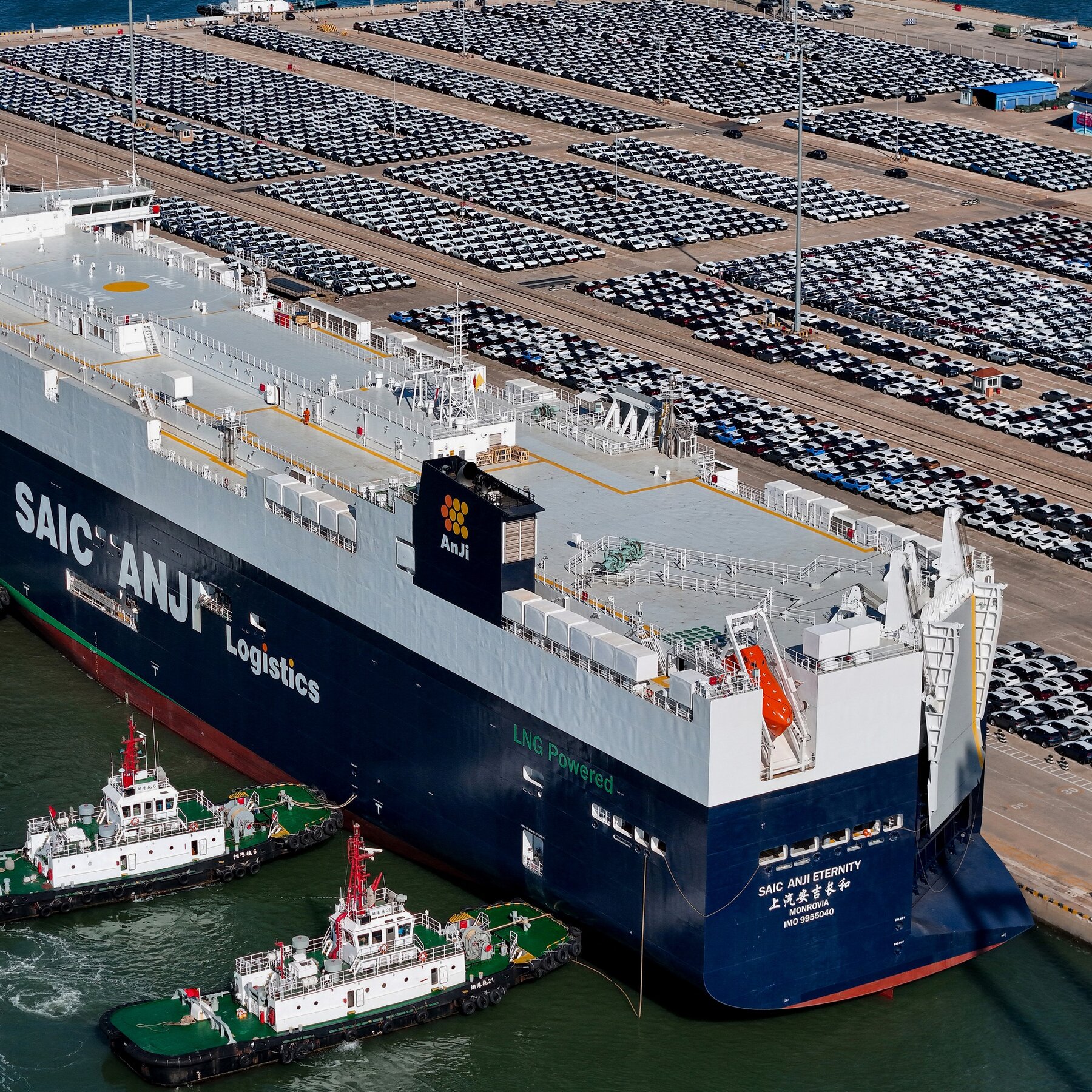China's Export Surge Defies Expectations with 7.2% Growth in July; Imports Mark Strongest Rise in a Year
China's Export Surge Defies Expectations with 7.2% Growth in July; Imports Mark Strongest Rise in a Year
By
Calder Monroe
Last updated:
August 7, 2025
First Published:
August 7, 2025

Photo: The New York Times
China’s Trade Rebounds Sharply in July, Surpassing Market Forecasts
China’s export engine delivered a surprising jolt in July, climbing 7.2% year-on-year in U.S. dollar terms — significantly outpacing market expectations of a 5.4% gain, according to customs data released Thursday. This marks the second straight month of export growth, as the country navigates its fragile economic recovery amid a complex global environment.
Meanwhile, imports rose 4.1% from a year earlier — the biggest jump in 12 months — up from June’s 1.1% increase. This sharp rebound caught analysts off guard, who had expected a 1.0% decline in imports, based on a Reuters poll.
Global Demand and Policy Support Drive Export Growth
The stronger-than-expected export performance reflects resilient global demand, particularly for Chinese-made electronics, electric vehicles, and machinery. According to official customs breakdowns, shipments of automobiles jumped nearly 20%, while lithium batteries and solar panels continued to lead the high-tech export category.
Markets like Southeast Asia, Russia, and Latin America have increased their imports from China, helping cushion the impact of a cooling Western demand. Exports to Russia alone surged 52.2% year-on-year, highlighting China’s shifting trade alliances amid geopolitical realignments.
The uptick in exports also comes as Beijing ramps up policy measures to stabilize its economy, including tax incentives for exporters, infrastructure spending, and renewed efforts to support private businesses.
Domestic Consumption and Inventory Rebuilding Lift Imports
China’s import numbers also tell a story of tentative recovery in domestic demand. Imports of consumer goods, agricultural products, and industrial raw materials all saw meaningful gains.
- Crude oil imports rose by 17.5% in volume compared to a year ago, reflecting strategic stockpiling and stronger transportation activity.
- Semiconductor imports increased for the first time in over a year, signaling an early turnaround in China’s tech and manufacturing sectors.
- Iron ore imports grew 6.9%, supporting infrastructure construction and property-related investment.
Analysts suggest part of the import surge stems from inventory restocking across industries that were previously drawing down on supplies due to uncertain demand forecasts earlier this year.
Trade Trends Amid Tariff Uncertainty and Geopolitical Frictions
This rebound arrives as U.S.–China tariff negotiations remain unresolved, with tariffs still in place on hundreds of billions worth of goods. While there has been some easing of tensions in recent months, both sides remain cautious about lifting trade barriers outright.
Moreover, China is navigating rising global scrutiny on trade practices, technology exports, and supply chain security. Recent moves by the EU to investigate Chinese electric vehicle subsidies, for instance, may weigh on future trade flows.
Nonetheless, China’s performance in July signals that external trade remains a critical pillar for its economic growth, even as it seeks to transition toward more consumption-driven development.
Market Reaction and Outlook
Despite the upbeat data, economists warn that global uncertainties remain high. The International Monetary Fund recently maintained its 2025 global growth forecast at 3.2%, but highlighted risks from persistent inflation, geopolitical tensions, and diverging monetary policies.
Looking ahead, China’s export outlook will depend on:
- The trajectory of U.S. interest rates and consumer demand
- Currency fluctuations, especially the yuan's competitiveness
- Domestic stimulus efficacy in maintaining economic momentum
Still, July’s numbers offer a welcome surprise and a glimmer of hope that China's trade momentum could help offset broader economic challenges like weak property markets and sluggish private investment.
China’s July trade performance exceeded expectations across the board, showcasing a strong rebound in both exports and imports. With the global trade landscape evolving rapidly and domestic challenges still looming, the next few months will be critical for determining whether this momentum can be sustained.
Popular articles
Subscribe to unlock premium content
Global Cultures and the Hidden Drivers of Productivity and Happiness

The Future of Personalized Medicine

Digital Nomads and the New Global Economy

Global Cultures and the Hidden Drivers of Productivity and Happiness

The Future of Personalized Medicine

Global Cultures and the Hidden Drivers of Productivity and Happiness









